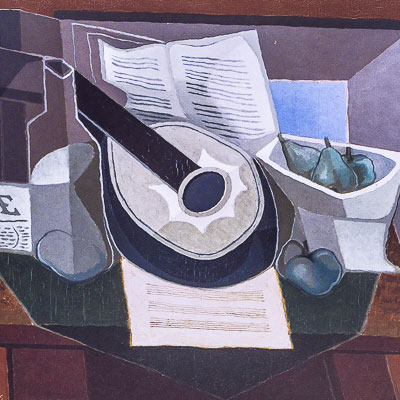Tel : (+33) 4 94 63 18 08
9am - 6pm from Monday to Saturday
Juan Gris
Juan Gris was a Spanish artist born on March 23, 1887 in Madrid and died on May 11, 1927 in Boulogne-sur-Seine, France. He is considered one of the main representatives of the Cubist movement.
He studied mechanical engineering in Madrid before moving to Paris in 1906, where he began working as a draftsman for magazines. He quickly began frequenting artistic circles in Montparnasse and becoming familiar with the artistic avant-gardes of the time.
In 1910, Juan Gris met Pablo Picasso, who would become his friend and mentor. Picasso played an important role in Gris's artistic development, encouraging him to move away from realistic styles and explore the possibilities of color and form.
He thus began producing Cubist works from 1911, working closely with Picasso and Georges Braque. His style is characterized by the use of simple geometric shapes, bright colors, and varied textures. He was also known for his use of the collage technique, incorporating elements of daily life into his works.
He died prematurely at the age of 40 on May 11, 1927 from kidney failure. Despite his short career, he left a lasting and influential artistic legacy. His works are presented notably at the Musée national d'art moderne in Paris, the Reina Sofia Museum in Madrid, and the Museum of Modern Art in New York.
Year of birth : 1887
Year of death :
1927
Nationality : Spain
Pictorial movement : Cubism
Famous works : Nature morte à la guitare (1913), La table du musicien (1926), Portrait de Pablo Picasso (1912)

